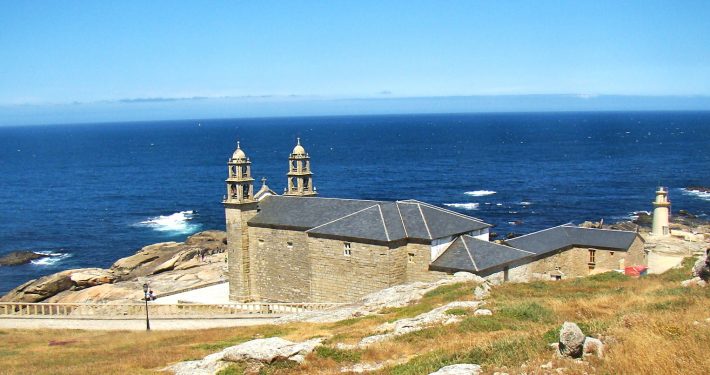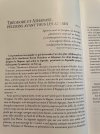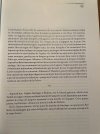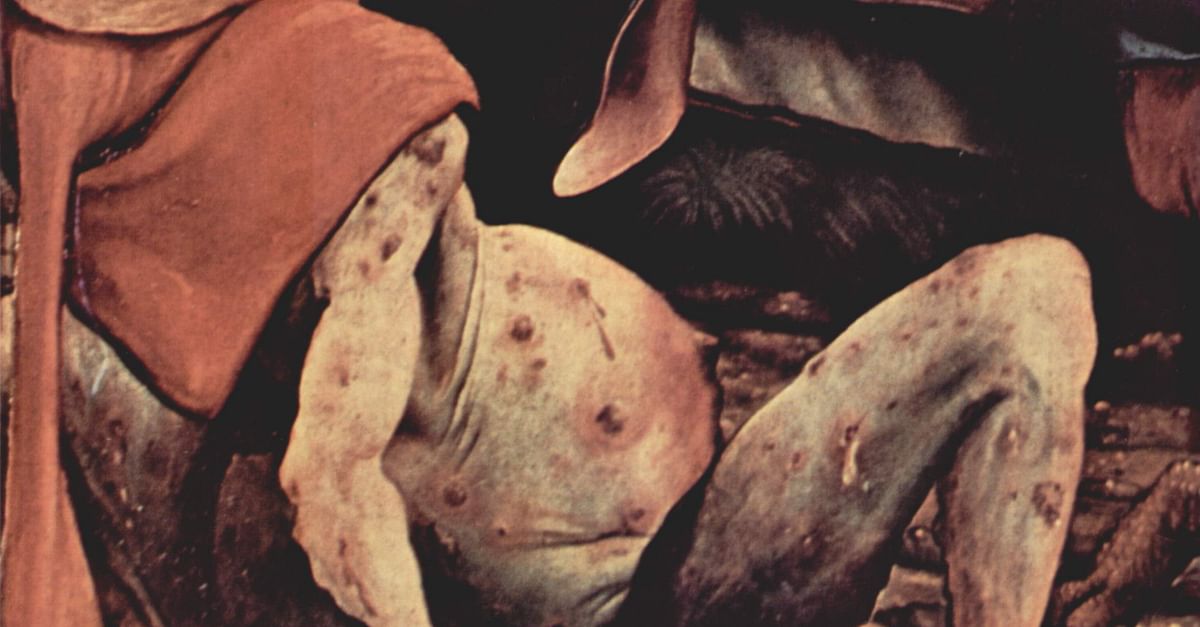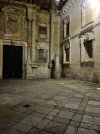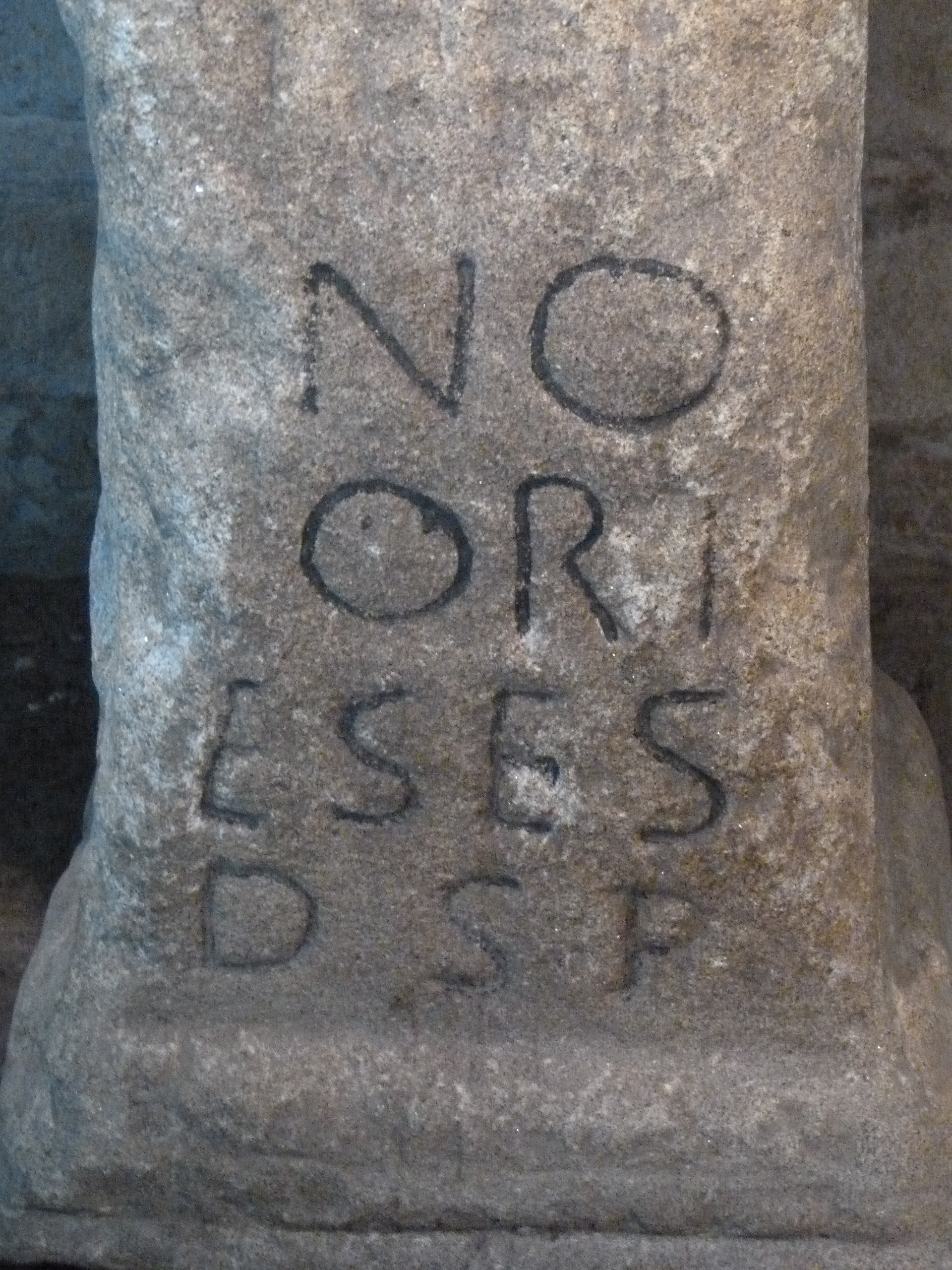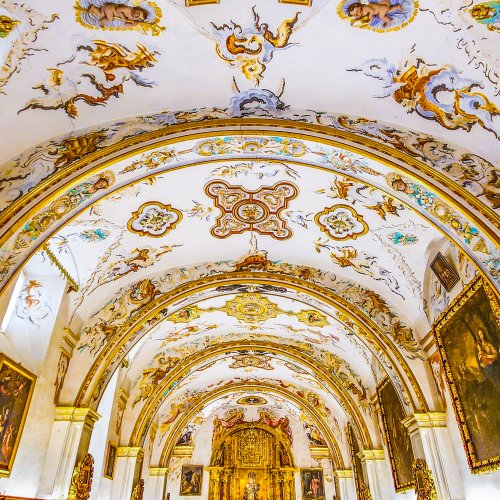A “stone boat” is possibly a mistranslation/ miss understanding. A boat “in stone” would be a boat carrying only passengers and ballast. No cargo. No profit other than the fare paid by the passengers. If Santiago’s disciples brought him to Galicia in a stone boat they did so at great expense or with considerable influence
It is my understanding after speaking one-on-one with the Cathedral historian - through a translator - several years ago, that the the "stone boat" was actually a boat engaged in the commerce of transporting uncut and finished stone (e.g. Carrera marble) from Italy to Roman lands all around the Mediterranean, where it was sculpted. Finished works were similarly transported by these boats to customers at Roman port cities all around the "Roman lake" (aka the Mediterranean).
Following his death by decapitation in AD 44, the two traveling companions of James, Thaddeus and Athanasius, made off with his remains to Jaffa - present day Haifa - back in the day, Jaffa was a bustling commercial port. The two followers of James obtained passage - with James' remains - on a boat.
I accept this much as fact. Up to this point, it is my understanding that much of this is chronicled by the first century Roman historian Josephus.
However, my version of the facts varies from this point, and suggests that this boat was engaged in the stone commerce and captained by a convert to Christianity. It could not, logically, have been a boat constructed of stone.
I have done a little blue water sailing in the Atlantic. Nope, not a boat made of actual stone. A wooden boat, loaded with stone for cargo and or ballast - yup.
This is similar in context as we refer to a ship engaged in transporting fruit from one continent to another as a "banana boat." The transliteration is easy to understand.
After this the plot gets murky. There is a logical route explanation: the boat engaged in stone comerce let the party off in Tarroca (present day Tarrgona) on the eastern shore of the Iberian peninsula after making several intermediate stops at Roman ports between Jaffa and Tarroca.
If you check a map of Roman roads in Iberia, you will see that is more or less a straight shot on Roman roads directly to Astorga. My understanding is that Thaddeus and Athanasius obtained an animal drawn cart and traveled direct across Iberia, on Roman roads, to the region of Astoria. From there, it was as short distance to the present day Santiago de Compostela.
Then, there is the long-popular and accepted mythology. This is the myth as I understand it. The same two followers made their way to the coast - let's stipulate Jaffa - for brevity. There, a boat made of stone awaited to load them and their precious cargo.
This boat then sailed directly, in a more or less east-to-west line, across the entire length of the Mediterranean Sea, exited into the Atlantic Ocean at the Strait of Gibraltar, then made a 90 degree turn to starboard (right). The boat, ostensibly made of stone, then sailed several hundred more kilometers, up the Iberian coast, to enter the Muros River system and tributaries, until it sailed up the river as far as Padron. There, it docked. The disciples moved St. James remains from Padron to interment at the present day Santiago de Compostela.
The very beginning, James' martyrdom and journey to the coast is documented and not in dispute. True too, the very end, where the owner of the first century estate provides one of the family crypts to interr James' remains is also not in dispute.
It is only the middle bit, insofar as I know, that remains in flux. Just how DID James' remains get from Jaffa, to the region of the present day Santiago de Compostela?
Everyone has their own thoughts on this. I am not trying to force one version or the other. I am merely sharing what I have learned along the way.
Hope this helps.
Tom
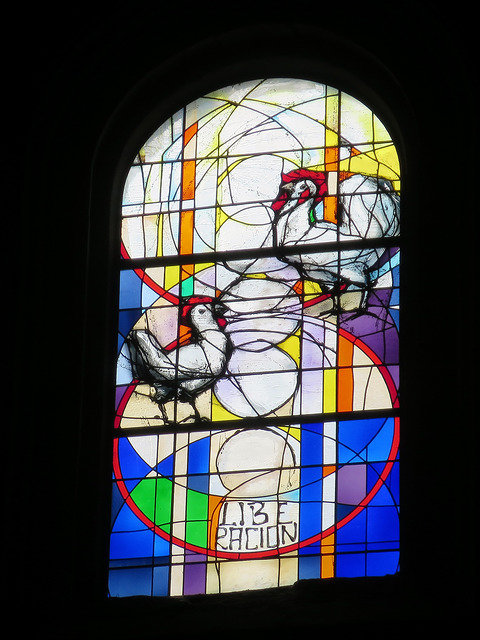
 caminotimestwo.com
caminotimestwo.com

 caminotimestwo.com
caminotimestwo.com







